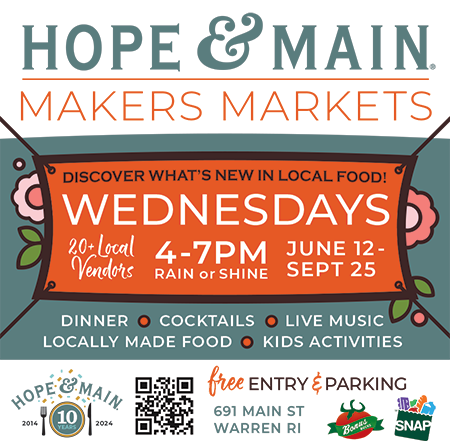Every 19 minutes, someone dies in this country from an opioid overdose. Many of these are from prescription pain medicine, but overdose deaths have also soared among users of psychiatric sedatives such as Xanax and Klonopin. Far too many people stumbled into their addictions unintentionally — just average citizens who initially got hooked on medicine that their own doctors prescribed. Mix this prescription abuse in with the rising heroin epidemic, and you’re looking at a storm gathering force to become a hurricane.
In the mid 1990s, America decided it was unacceptable for patients to suffer with chronic pain. Doctors began dispensing prescriptions like Pez dispensers. What followed was a tidal wave of misuse that resulted in the necessity of government intervention — a new, more restrictive set of laws was put into place.
Ironically, stronger pharmaceutical control had the effect of throwing oil on a fire. Heroin vaulted to new popularity, cheaper than prescription pain relievers, and more readily available. A surge of middle class junkies began to spread, from the Appalachians to the rural midwest. West Virginia now has the highest rates of overdose deaths in the US.
The media does nothing but encourage us to self-medicate. Every cold commercial on TV shows someone with a runny nose and rheumy eyes popping a pill and heading back to the office. We are sent a repeated message: Don’t let illness or pain stop you. Cover up those symptoms, down a double espresso, and get back to work, y’all.
To be fair, doctors do not tell patients to abuse their prescriptions, and when taken as prescribed, opioids don’t lead to addiction. But I must point out — when properly used, matches don’t set the curtains on fire either. One must be careful as to whom those drugs and matches are given to. Some of us are children who don’t understand what the danger is, and some of us know, but really like to watch things burn. And there are far too many who have simply ceased to care.
CNN has some great advice on their opioid info site: “Don’t take more than prescribed; never mix opiates with alcohol. Try over the counter pain relief and good old fashioned exercise.” But that advice is being given to people who are too tired to bother with alternatives and too trapped by debt to consider life outside the cage. They just want to take the pill and get on with it. Affordable Care insurance, with its emphasis on symptom suppression, has not necessarily dampened this fire.
Right now, America is a damaged nation. We are in pain in ways we don’t understand, stranded in lives of chronic disability and low-income jobs. Too many of us are working overtime to meet bills and take care of endless errands. We can’t stop to heal, or find the time for workouts that trigger our natural pain relieving endorphins. We want to get back to work. Many of us have become addicts just waiting to happen, and we don’t know it until we feel that first sweet rush of opioid euphoria.
In all honesty, we ourselves are ultimately to blame. We don’t HAVE to take more than we should or keep pushing ourselves when we want to stop. But what you have to remember is that humans are, above all, creatures of habit. Once we become accustomed to something, we do not want to change. We are forced onto this consumer track early in life, and the way is lit with screen after flickering screen. It may be the road to hell, but it is usually the only road we are shown.
This summer, the RI State Legislature made a decision to cut funding to AIDS Care Ocean State. The result was the elimination of $65,000 worth of funding towards HIV prevention. This was the end of the only needle-exchange program in the state, and of comprehensive harm reduction services for intravenous drug users. RI now has a collection of HIV positive heroin fueled citizens who have been cast adrift to fend for themselves AND a gaggle of pill poppers that is growing by the day.
What is the answer? The only answer I can see if for all of us to take more responsibility for our own lives. But who is going to show us how to do it? The government will fund expensive procedures to extend a terminal cancer patient’s life for three months, but won’t raise a finger to educate the public in prevention.
A friend of mine is raising his son alone. Last year, his wife died of an accidental fentanyl-related overdose. She was fully insured and under a doctor’s care the day her heart stopped beating and 6-year-old Domenic sat by her body for five hours until the babysitter came. Just another day in America.
This has got to stop.


